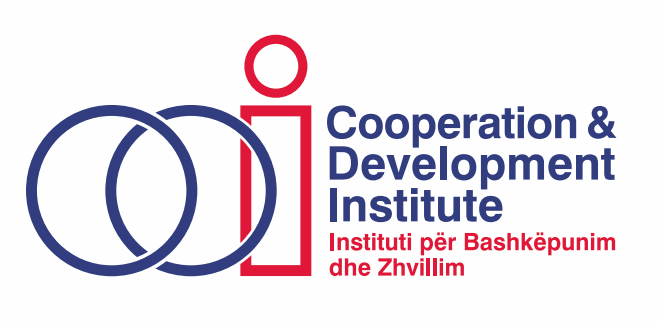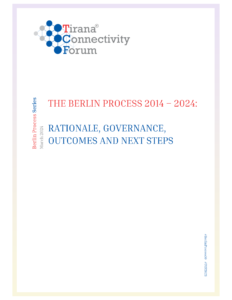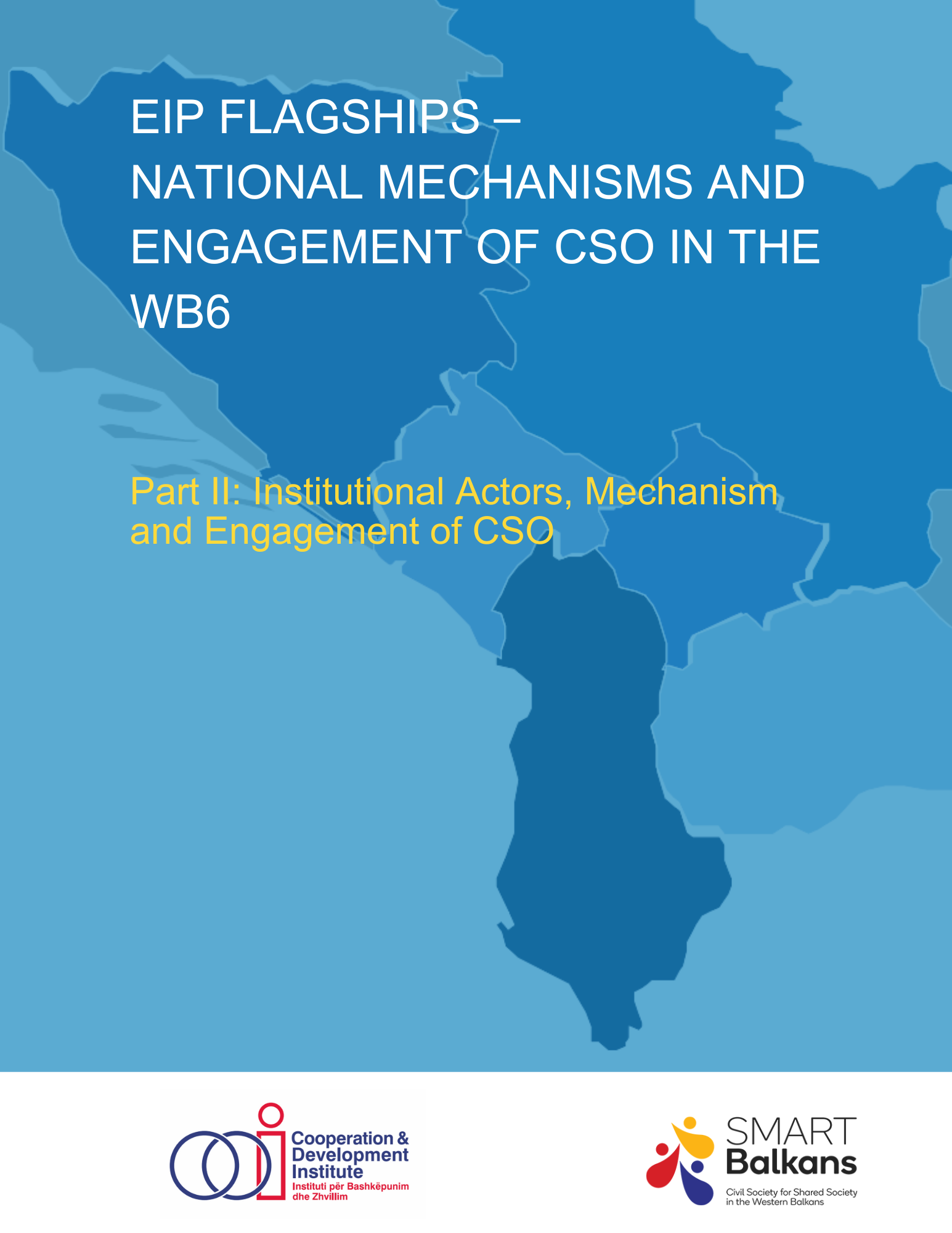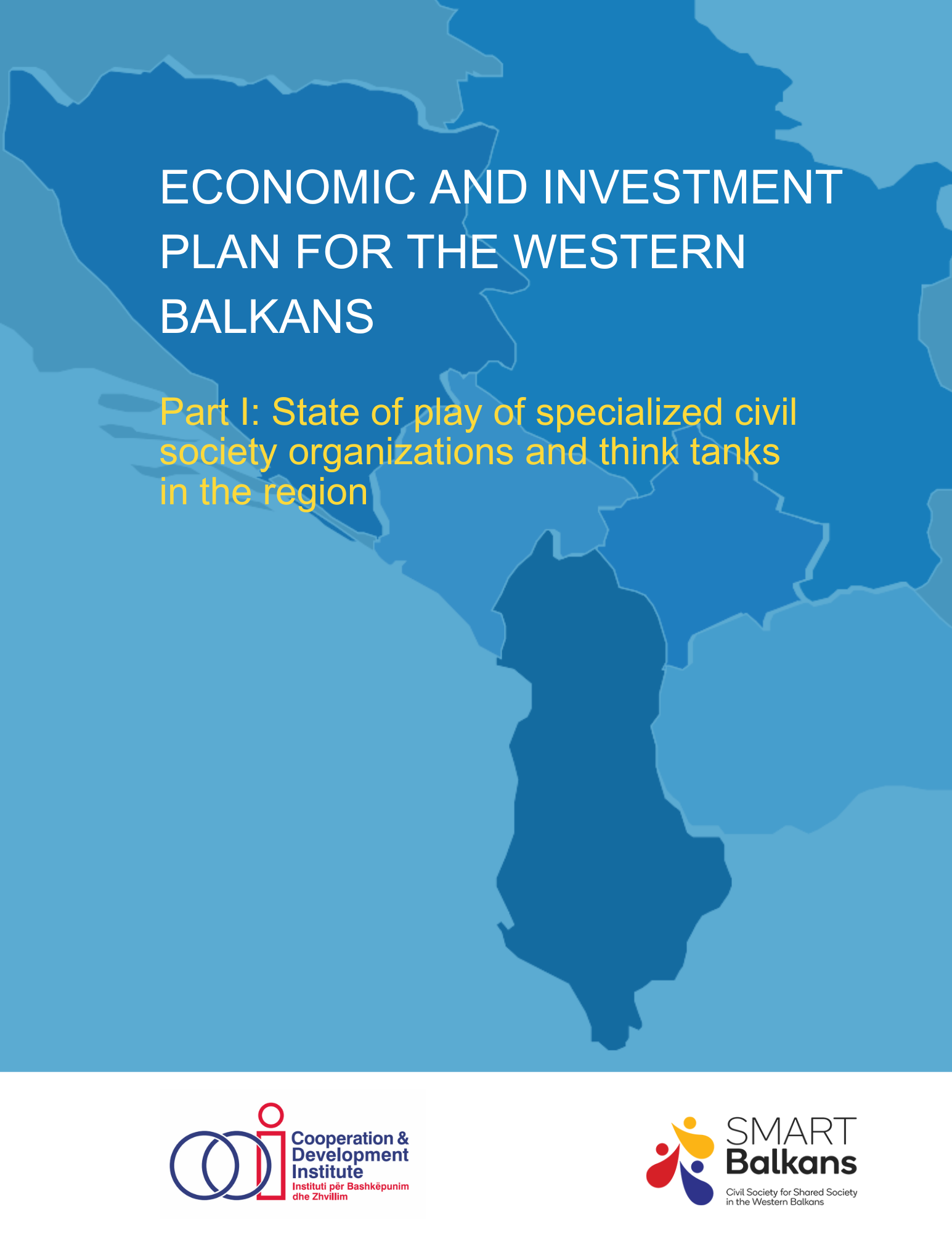The Berlin Process 2014 – 2024: Rationale, Governance, Outcomes and Next Steps

Save the date: The External Dimension of EU-supported Connectivity
March 28, 2024
The External Dimension of EU-supported Connectivity: from Berlin Process to Global Gateway
April 24, 2024Since its launch in 2014, the Berlin Process (BP) has hammered in the message of an unequivocal EU commitment to full membership of SEE6 countries, and endeavoured to reassure and support their quicker EU accession pace. Its initial aim was to support enlargement in the Western Balkans, focusing on fostering connectivity and regional cooperation. However, the BP lacked its own budget, institutions, or legislative power, relying instead on existing resources and structures. Despite these limitations, it played a significant role in promoting political support for regional cooperation and infrastructure projects.
Over the past decade, the BP has achieved notable outcomes and has facilitated the signature of key agreements and promoted the inclusion of civil society and private sector in the process. However, challenges remain, particularly regarding implementation mechanisms and accountability.
Looking ahead, questions arise about the relevance of the BP in the current geopolitical context and its ability to support the region’s convergence with the EU. Suggestions for the future include enhancing governance structures, consolidating achievements, and promoting innovative approaches that build on the BP’s strengths.





